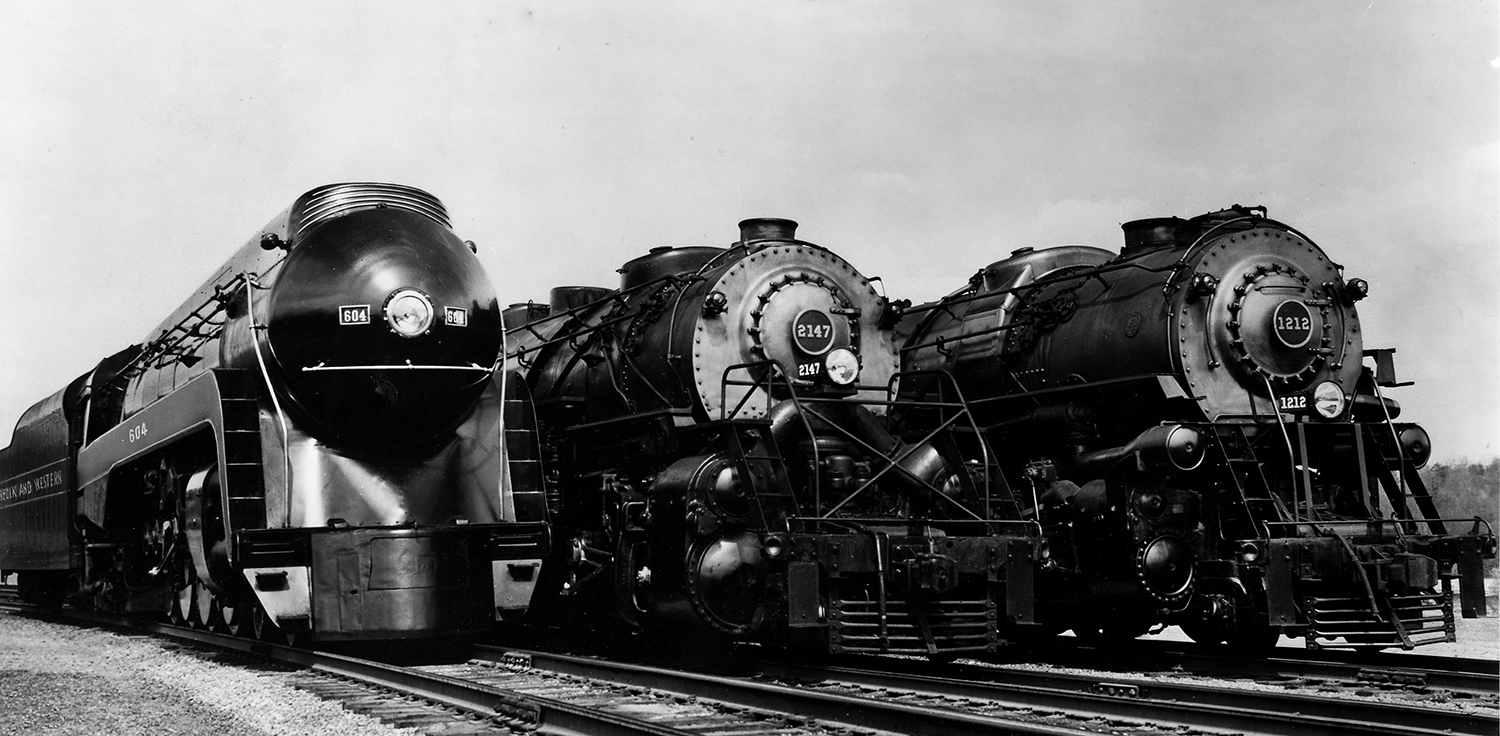The Virginia Museum of Transportation (VMT) and St Louis' Museum of Transportation (MoT) have a 5 year loan agreement for MoT's N&W Y6a 2156 to be displayed at the VMT in Roanoke - the city where 2156 was designed and built. 2156 will be joining VMT's class A 1218 and class J 611, reuniting 3 classes of locomotives which many consider the apex of American steam motive power. I'm hoping this thread will compliment the class J 611 thread in providing info on the move to what should be a historic reunion of N&W's big 3. (yes I know the Y6b's were slightly more modern the Y6a, but 2156 is a worthy stand) Perhaps a real N&W motive power expert like my friend and fellow O scaler Ed King can tell us about the differences between the two sub-classes.
For good views of 2156 check out the video taken at MoT last fall: https://www.youtube.com/watch?v=0BFcNhqDGvw
Now news on the move. A post on MoT's Facebook page https://www.facebook.com/pages.../168145031020?ref=mf reports that 2156 is scheduled to leave the museum grounds starting its journey to Roanoke Saturday May 9. That page hopefully will be a source for info and photos of 2156 as it leaves St. Louis.
Rich Melvin pointed out on the 611 thread that 2156's move to Roanoke will be under a 25 MPH speed restriction. Here's hoping NS will be able to complete the move in time for 611's Homecoming weekend May 30-31.
As others take photos/videos and gain info about 2156's move please share them with us on this thread.
Ed Rappe



